Ding Dong!You receive a guidelines for preventing and controlling infectious disease prevention and control from the autumn and winter seasons from the school hospital
Author:Hebei Normal University Time:2022.09.28

Everyone is the first person in charge of his own health
Responsible for your own health
Responsible for your own life
In fact, you don’t need to run around, look for it everywhere
The key to opening a happy life
Just in our own hands
Practice "three minus and three health"
Let your health accompany you and me
You will discover
Happiness is always around us
Tentacle
The temperature changes in autumn and winter, which is a high incidence season for multiple infectious diseases. The school is a venue of infectious diseases, which can easily cause the outbreak and popularity of infectious diseases, especially the popularity of some respiratory infectious diseases and digestive tract infectious diseases. Strengthening the prevention and control of infectious diseases in autumn and winter schools is of great significance to protect the physical health of teachers and students. Let's learn about the knowledge of common infectious disease prevention and treatment in autumn and winter!
1. tuberculosis

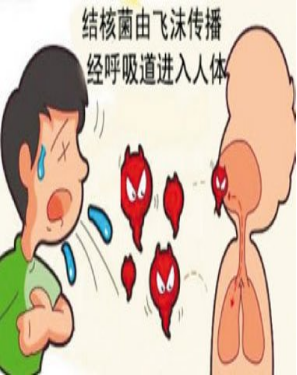
(1) Basic knowledge
1. Tuberculosis is a chronic infectious disease that seriously affects the health of teachers and students after the invasion of the human body.
2. The tuberculosis is mainly transmitted through the respiratory tract.
3. The common symptoms of tuberculosis are cough and sputum. If these symptoms last for more than 2 weeks, you should take a timely treatment.
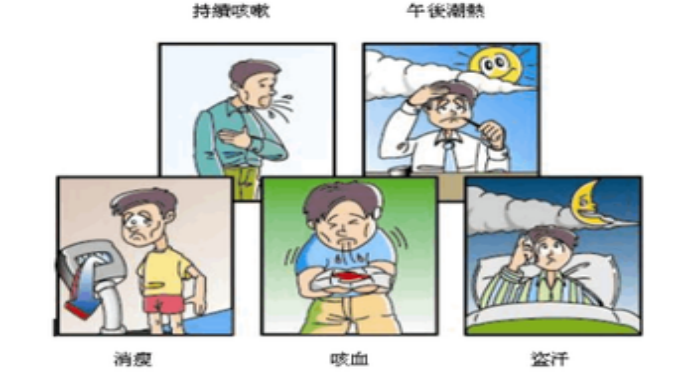
(2) Prevention measures
1. Treasure tuberculosis test items are required for medical examinations for teachers and students.
2. Do not spit everywhere, cover the nose when coughing, sneezing, wearing a mask can reduce the spread of tuberculosis.
3. After the suspicious symptoms of tuberculosis or are diagnosed with tuberculosis, they should actively report to the school without concealing the illness and not taking the disease; implement the morning examination and the tracking of the absence of the disease due to illness.
4. Develop the habit of opening the windows and ventilation; do a good job of campus environmental hygiene and remove the dead corner of hygiene.
5. Ensure sufficient sleep, reasonable diet, strengthen physical exercise, and improve the ability to resist disease.


2. Popular cold

(1) Basic knowledge
1. Caused by influenza virus;
2. Influenza patients and hidden infections are the main source of infection;
3. Infectious period of incubation period, the strongest infectious within 3 days of the onset;
4. It is mainly transmitted through air droplets, and indirect transmission can be indirectly transmitted by contacting pollution hands, daily utensils, etc.
5. The crowd is generally susceptible, and the immunity after illness is not effective for the virus after mutation;
6. The incubation period is 1-3 days. The respiratory symptoms are mild and the symptoms of the whole body are severe.


(2) Prevention measures
1. Before the high incidence of influenza, vaccination of influenza vaccines for high -risk people and susceptible people is an effective way to prevent flu.
2. During the epidemic period, early found isolation, ventilation and health education for cases;
3. Maintain good personal and environmental hygiene. Open the windows several times a day to keep the indoor air fresh. Wash your hands frequently, and wash your hands immediately after your hands are in contact with the respiratory tract secretion (such as sneezing). Use handkerchiefs or paper towels when sneezing or coughing. Balanced diet, appropriate exercise, sufficient rest to avoid excessive fatigue. During the high incidence of influenza, try not to be crowded and air dirty; it is best to wear a mask when you have to go.
Third, chickenpox
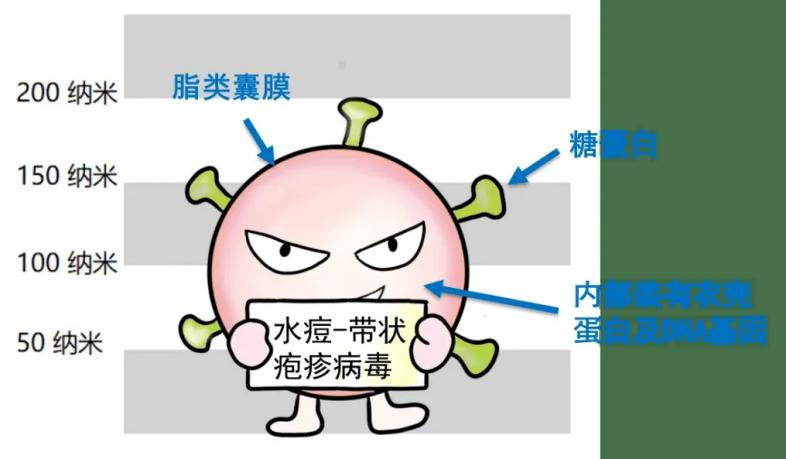
(1) Basic knowledge
1. Caused by chickenpox-shingles virus;
2. The source of infection is mainly patients with chickenpox;
3. 1 day before the rash to herpes is completely contagious;
4. Mainly spread through direct contact with chickenpox herpes and air droplets;
5. Chickenpox mainly occurs in children aged 5-14. In recent years, college students have also occurred. After illness, immunity is lasting. Generally, chickenpox is no longer occurred, but shingles can occur.
6. The lack of chickenpox is generally 14-16 days. The clinical feature is that itchy herpes appear in the skin and mucosa;
7. Chickenpox can occur throughout the year, mainly in winter and spring.
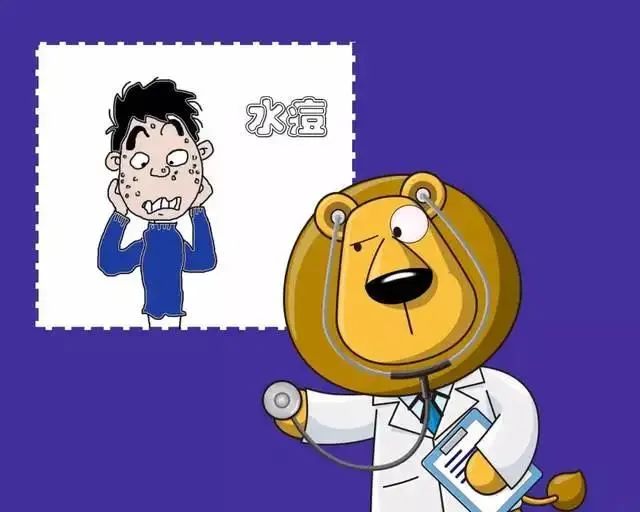
(2) Prevention measures
1. Case discovery and management. Strengthen the morning inspection and monitoring due to the absence of illness. Generally, patients with chickenpox should be isolated and treated until all herpes are scabbed. Those who are susceptible to contact for 2 weeks should be
2. Disinfection of the epidemic point. Strengthen the circulation of the epidemic point, disinfect the desktop chair, ground, etc. with chlorine -containing disinfection, and the air disinfection can be used when unmanned.
3. Stop collective activities and use public classrooms during the epidemic period;
4. Carry out health education and propaganda: ① Avoid contact with chickenpox patients; ② maintain good environmental hygiene, regularly open windows to ventilate, pay attention to personal hygiene, exercise in moderation, and enhance physical fitness;
Fourth, popular mumps
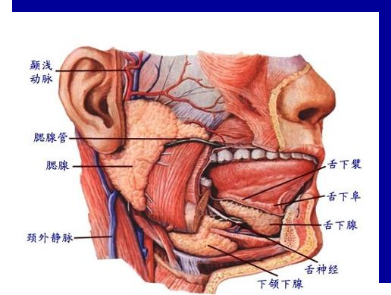
(1) Basic knowledge
1. It is an acute respiratory infectious disease caused by mump virus infection. Children and adolescents are good;
2. Transmission pathway: airway droplets spread;
3. Clinical manifestations: The incubation period is 12-18 days. Heat, systemic discomfort, swelling of the earlobe under the mandibular and side or sides, and the local pain is painful when opening or chewing.
4. Complications: cerebral membrane encephalitis, orchitis, ovarianitis, pancreatitis, myocarditis;
5. Infectious period (isolation period): Self -illness to migrant glandular enlargement completely subsides but not less than 2 weeks after the disease.
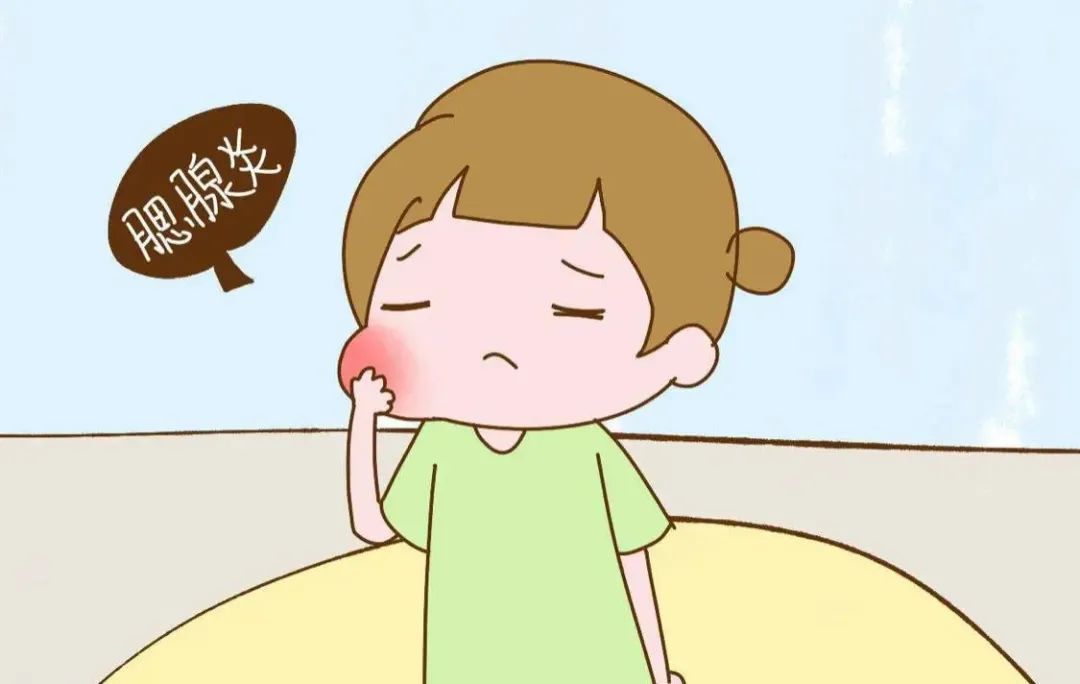
(2) Prevention measures
1. Early isolation patients until the migmal enlargement fades completely. In contact, it is generally not necessarily quarantine, but in collective children's institutions (including hospitals, schools), troops, etc., it should be inspected for 3 weeks. For suspicious patients, they should be temporarily isolated immediately.
2. Prevent vaccinating hemp-wind-cheek three-coupling vaccine or mumps vaccine.
3. Pay attention to personal and environmental hygiene.
Fifth, Norru virus infection diarrhea

(1) Basic knowledge
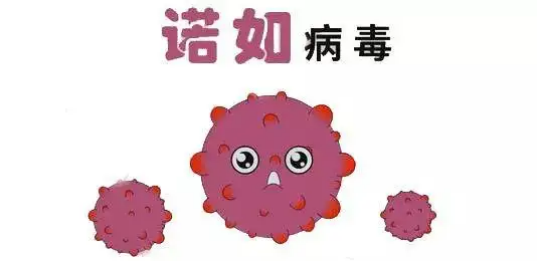
1. Caused by Nuo Ru virus, with diarrhea and vomiting as the main symptoms, which can often cause epidemic permission;
3. Patients can discharge Noru virus during the incubation period, and the peak of detoxification is 2-5 days after the onset. Propaganda through dung -oral channels, including air -soluble oscillating or contact environmental dissemination of polluting environmental dissemination of feces or vomit, can also spread through food and water;
4. The crowd is generally susceptible. The immunity after infection can only last 6-24 months;
5. The incubation period is 12-48 hours, acute gastroenteritis. The most common symptoms are vomiting and (or) diarrhea. Adults are mainly diarrhea.
(2) Prevention measures
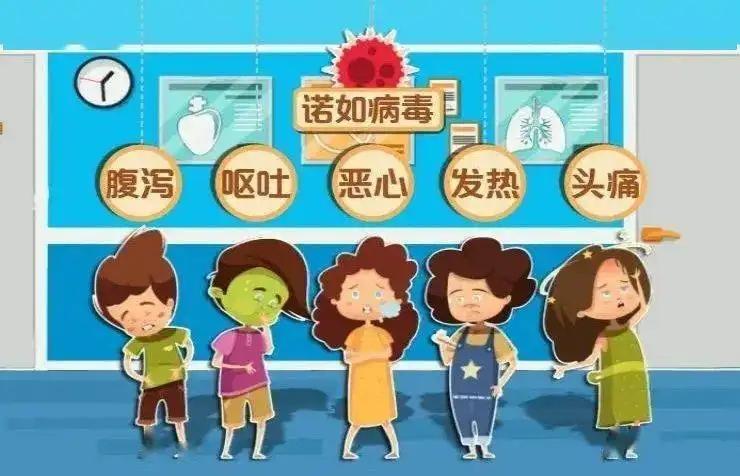
1. Case management: 72 hours of cases should be separated 72 hours after the symptoms of its acute period to the symptoms;
Hometown isolation; cases and hidden infections engaged in food operation positions: It is necessary to take 2 consecutive days of feces or anal wipes to virus nucleic acid test negative before they can work.
2. Hand -hygiene: Configure sufficient number of handwashing facilities (soap, faucet, etc.), and require relevant personnel to wash their hands frequently. In addition, you need to pay attention not to directly contact the food with your hands.
3. Environmental disinfection: When an acute gastrointestinal cases occur, disinfection should be done, focusing on disinfection of environmental objects, daily necessities, food processing tools, and drinking water contaminated by pollutants such as vomiting, excrement and other pollutants; Environmental cleaning and disinfection should wear personal protective supplies in accordance with standard prevention measures, pay attention to hand hygiene, and at the same time do a good job of protecting chemicals according to the nature of chemical disinfection agents. Nuo Ru Virus is very contagious, and it is easy to form air -soluble transmission through the patient's vomit. Therefore, the correct treatment of vomit is of great significance to prevent the transmission of the virus. Once patients vomit, other healthy people around them should be far away from areas contaminated by vomit. Specialized staff disinfected and cleaned up vomit under the condition of personal protection.
4. Food and water safety management: strengthen the health management of food practitioners,
Those with acute gastroenteritis or hidden infections must report to the food safety management personnel of the unit, which should be temporarily transferred away from the post and isolate; completely clean and disinfection of the canteen dining utensils, facilities and equipment, and production and processing places. Avoid cross -pollution.
5. Improve the awareness of prevention and control, develop healthy living habits such as diligence, do not drink raw water, separate raw foods, and avoid cross -pollution and other health habits.
Source/School Hospital
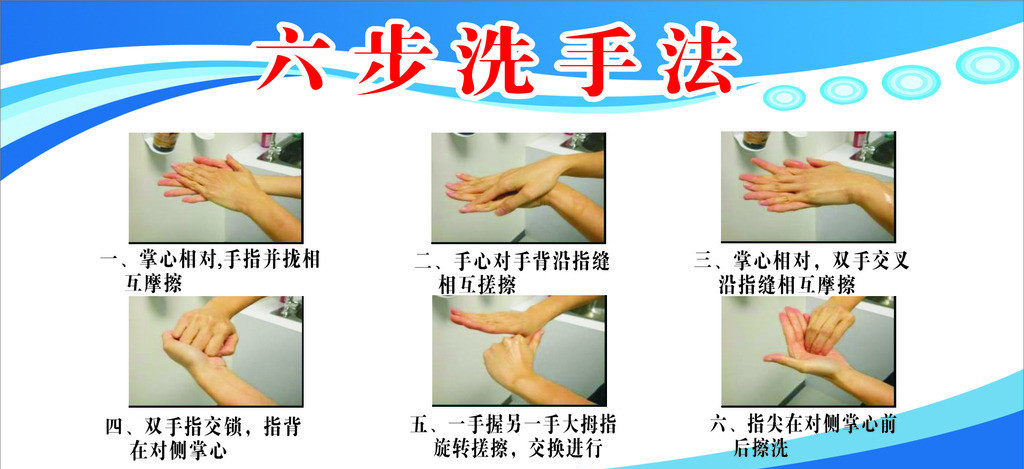
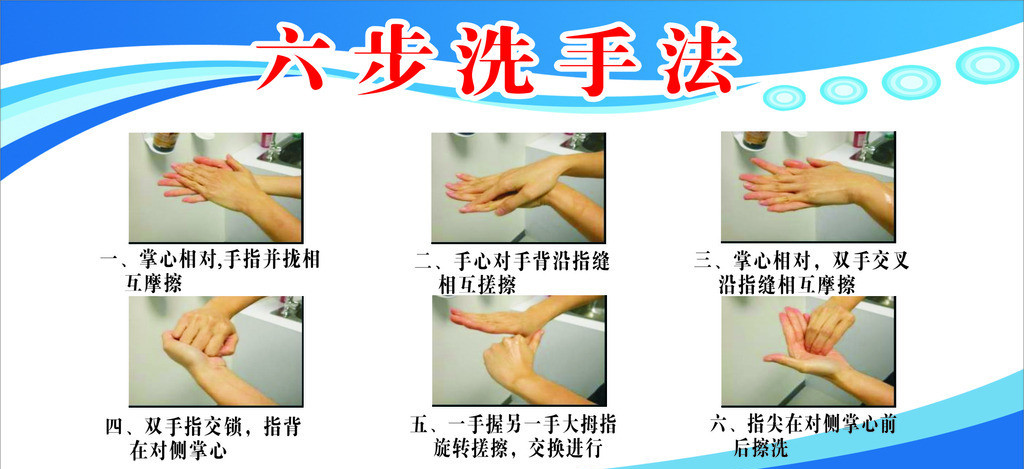

Capture/Wei Zikang Wang Mengfan
Review/Wang Ping Ma Qianru
- END -
Anorectal doctor teaches you to know anal fissure: small cracks can give you different "pain"

Doctor, I have been going to the toilet every day in the past week. I have been dy...
The Health Commission of the Tibet Autonomous Region answered: What is the zero of the society
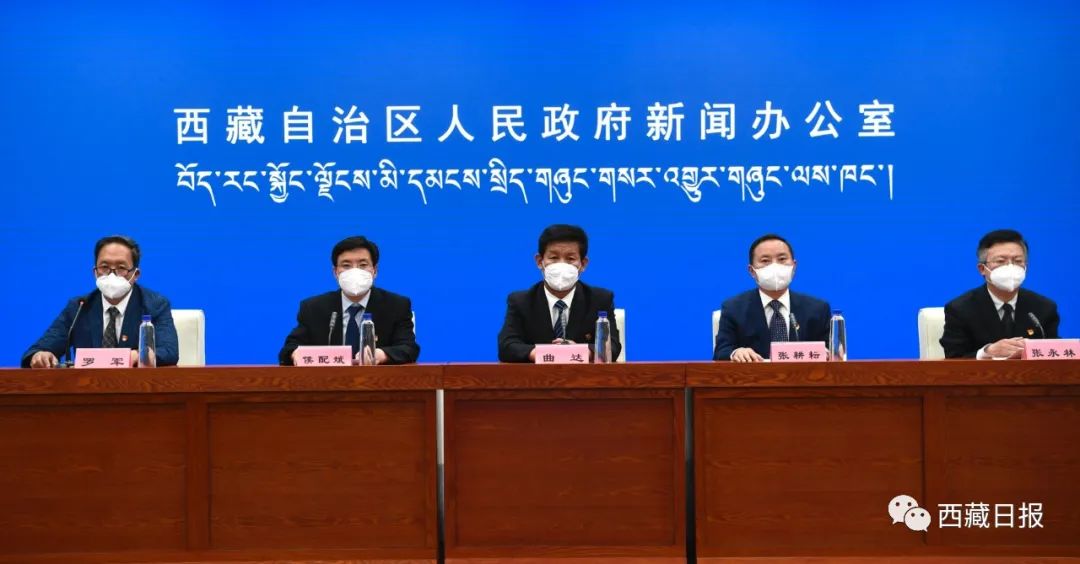
On the 28th, at the twentieth press conference of the new crown pneumonia's epidem...